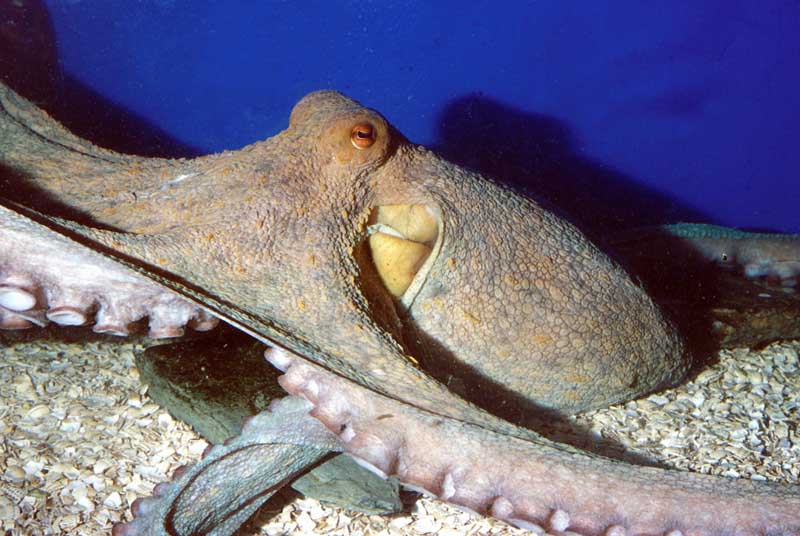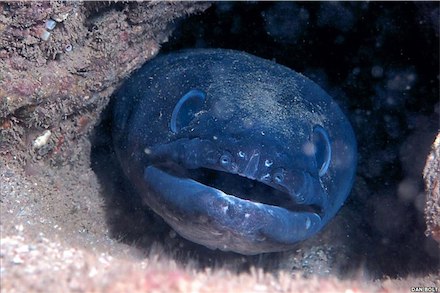During 1900 all along the Devon and Cornwall coast including the Sound the local Crab and Lobster Fishermen found the populations of crab and lobster had suddenly fallen dramatically. Around the Island alone up to 30 boats would have been fishing for crab and lobster. The Fishermen reported 5 to 10 of “the slimy monsters” in each pot stretching up to 6ft in length and that the “evil is ever with them and is daily exterminating the race (Crabs and Lobsters). Unfortunately decimation of the crab and lobster populations meant the local industry collapsed and the fishermen had to seek alternate work or would become destitute as back in the day there was no social security net.
As proof of the evil and undaunted courage a Slimy Devil Fish attack on Mr. M. Dower, of Devonport was reported as follows “Accompanied by his brother, Mr Dower was in a small boat in Plymouth Sound on the afternoon. Although the weather was very cold he thought he should like to bathe. When near the rocky bridge between Drakes Island and the mainland he undressed and had his dip. After swimming about for a few minutes, he was conscious of something giving him strange sensations around the chest, but thinking it was caused by the intense cold and aggravated in some way by some strange seaweeds, which he thought in swimming had got around him, he lulled his mind into quietness for an instant. But these feelings got terribly intensified and he became alarmed, not knowing what to attribute them to. He hastily made for the boat and assisted by his brother, he was quickly tumbled into her. Judge of their horror and surprise to find he had been attacked by a slimy devil fish, which still clung to his body. With his brother’s aid he soon ripped the tentacles from their deadly position and after dressing and a little exercise he appeared none the worse for the adventure. But one may guess the end if his brother had not been there to assist him, as the creature was very large.”
All this came to the attention of Mr Matthias Dunn, a leading naturalist from Mevagissey in Cornwall who had written a number of papers on marine behaviour. He investigated and produced a report in 1901. By interviewing the fishermen and making observations he found that the Devil Fish were actually the Common Atlantic Octopus. The native Conger Eels had kept the numbers of Octopi in balance. However the Conger Eel Fishermen had increased their catch by using long lines with multiple hooks instead of single lines and a single hook. In turn this had led to a sharp decrease in the Conger population and rise in Octopi who were feasting on the local crab and lobsters and devastating the population putting the crab and lobster fishermen out of work. He also discovered that the same thing had happened off the French Coast a few years earlier and that the French Coast were now overwhelmed by Octopus which may be adding to the problem off the English Coast.


Of the other local fishing industries one was Pilchard Fishing which was taxed and funded some of the works on the Island and went into terminal decline by 1880 through over fishing. So over a hundred years ago people recognised and knew that man could upset the balance of nature chasing profit with unforeseen consequences for both the long and short term future. Although it now appears the crab fishing is on a more sustainable footing I wonder how many times we have to keep relearning the same lessons from history.
